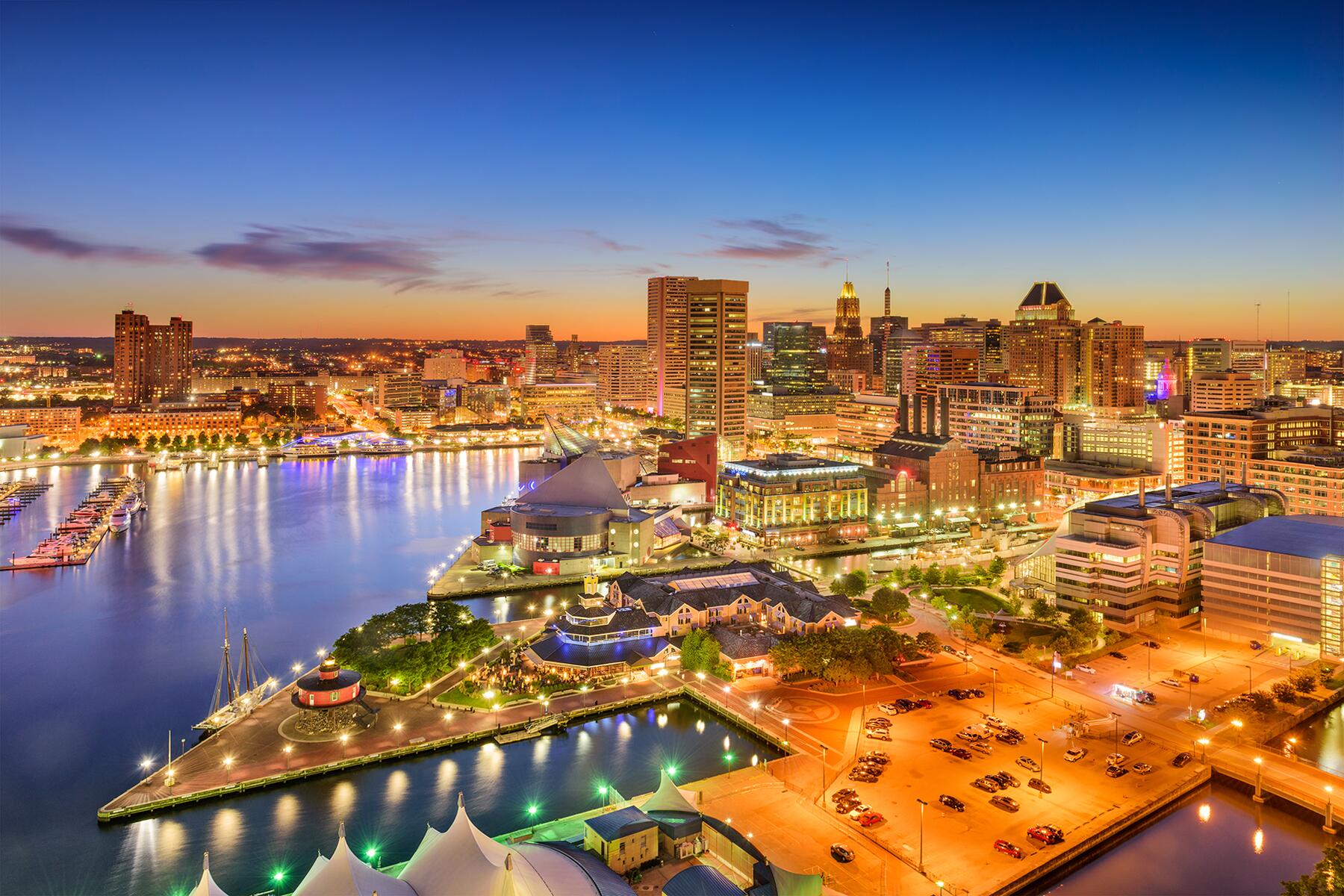Hundreds of freedom seekers once crossed the Detroit River in what would hopefully be their last leg on their journey to freedom, giving Windsor the designation as the last stop on the Underground Railroad.
While Southern Ontario is quickly becoming known for its wineries, breweries, and distilleries, the region also has a rich historical significance in the North American fight for justice and equality.
Nestled alongside many of the wineries, breweries, and other points of interest in Southern Ontario are cultural sites dating back to the Underground Railroad, honoring the area’s proud history of promoting freedom and prosperity for all people regardless of race.
Where modern visitors cross fairly freely (sans pandemic) between the two counties via the Ambassador Bridge or the Detroit/Windsor Tunnel, hundreds of freedom seekers once crossed the Detroit River’s deep waters in the dead of night in what would hopefully be their last leg on their journey to freedom, giving Windsor the designation as the last stop on the Underground Railroad.
International Memorial to the Underground Railroad (Detroit and Windsor)
Mirroring each other on either side of the river are the complementary parts of the International Memorial to the Underground Railroad, two 22-foot-high monuments that pay tribute to the thousands who made the treacherous journey across the river in search of freedom. The sculpture was the work of Edward Dwight, who was not only an accomplished sculptor but also a former Air Force Test Pilot and one of the first African American astronauts appointed to NASA by John F. Kennedy.
Recommended Fodor’s Video
Old Sandwich Town (Windsor)
Old Sandwich Town, located directly on the Detroit River on the west side of Windsor, is home to numerous Underground Railroad historical sites including Sandwich First Baptist Church, the first stop in Canada for many who had successfully completed the journey. Built on one acre of land provided to the formerly enslaved people by Canada’s crown, the former freedom seekers built the church with hand-hewn lumber and bricks with almost all labor provided on a volunteer basis and constructed with largely donated materials. The church contained multiple trap doors, hiding places, and escape routes in the event of unexpected slave catchers. The church, which is now known as Sandwich First Baptist, is still an active place of worship as well as a national historic site. Visitors can still view the trapdoor on the church floor as well as other artifacts from the period.

Uncle Tom’s Cabin (Dresden)
Located just outside of Essex County is the historic Uncle Tom’s Cabin. The famous cabin was home to Josiah Henson, an abolitionist who helped settle other freedom seekers at his New Dawn Settlement following his own escape from Kentucky to Canada in 1830. He was also the inspiration for the character Uncle Tom in Harriet Beecher Stowe’s book Uncle Tom’s Cabin. Today, the historic site is a museum that features not only the cabin but also a number of exhibits showcasing the geography and history of enslaved people in the United States as well as their journey to freedom in Canada.
View this post on Instagram
Underground Railroad Museum and John Freeman Walls Cabin (Lakeshore)
In 1846, John Freeman Walls, a freedom seeker from North Carolina who had escaped to Ontario, built a log cabin on land purchased from the Refugee Home Society, an organization founded by abolitionists Henry Bib and Josiah Henson. The cabin, which is now a centerpiece of the Underground Railroad Museum, served as a terminal of the Underground Railroad and the first meeting place of the Puce Baptist Church, a key organization in the network of newly-freed enslaved people.
The interactive museum features numerous exhibits that immerse visitors in the Underground Railroad. The recreation of a wooden historic walkway shows what a freedom seeker had to contend with: pushing through the overgrown brush in the dark of night with nothing but their faith to guide them. The homestead of John Freeman provides a glimpse into the lifestyle of those who started anew in Canada.

Buxton National Museum
Long before the land was used for wineries, it was used by the formerly enslaved people as a way to make a living by using the agricultural skills learned during their time as enslaved persons in the south. The Elgin Settlement (memorialized at the Buxton National Museum) was an example of one of these communities where formerly enslaved people owned their land. The museum boasts a vast collection of original artifacts and books from the settlement’s founders and inhabitants.
While many Black agriculture-based communities thrived in Southern Ontario in the years leading up to and following the emancipation of enslaved people in the United States, most people (Black and white) eventually migrated to cities such as Detroit and Cleveland during the Industrial Revolution in hopes of finding better-paying jobs. The land remained largely dormant for years until locals realized its grape-growing potential in the early 1980s. The wineries today share space with the Underground Railroad historical sites and use their tourist appeal to honor their legacy and promote awareness.






"Southern Canada"? Really? I think you mean Southern Ontario.